5 fence colors to avoid – here's why designers warn against these once popular colors
A fence is practical – but it should look good, too. Here's what the experts avoid to combine functionality and style in their exteriors
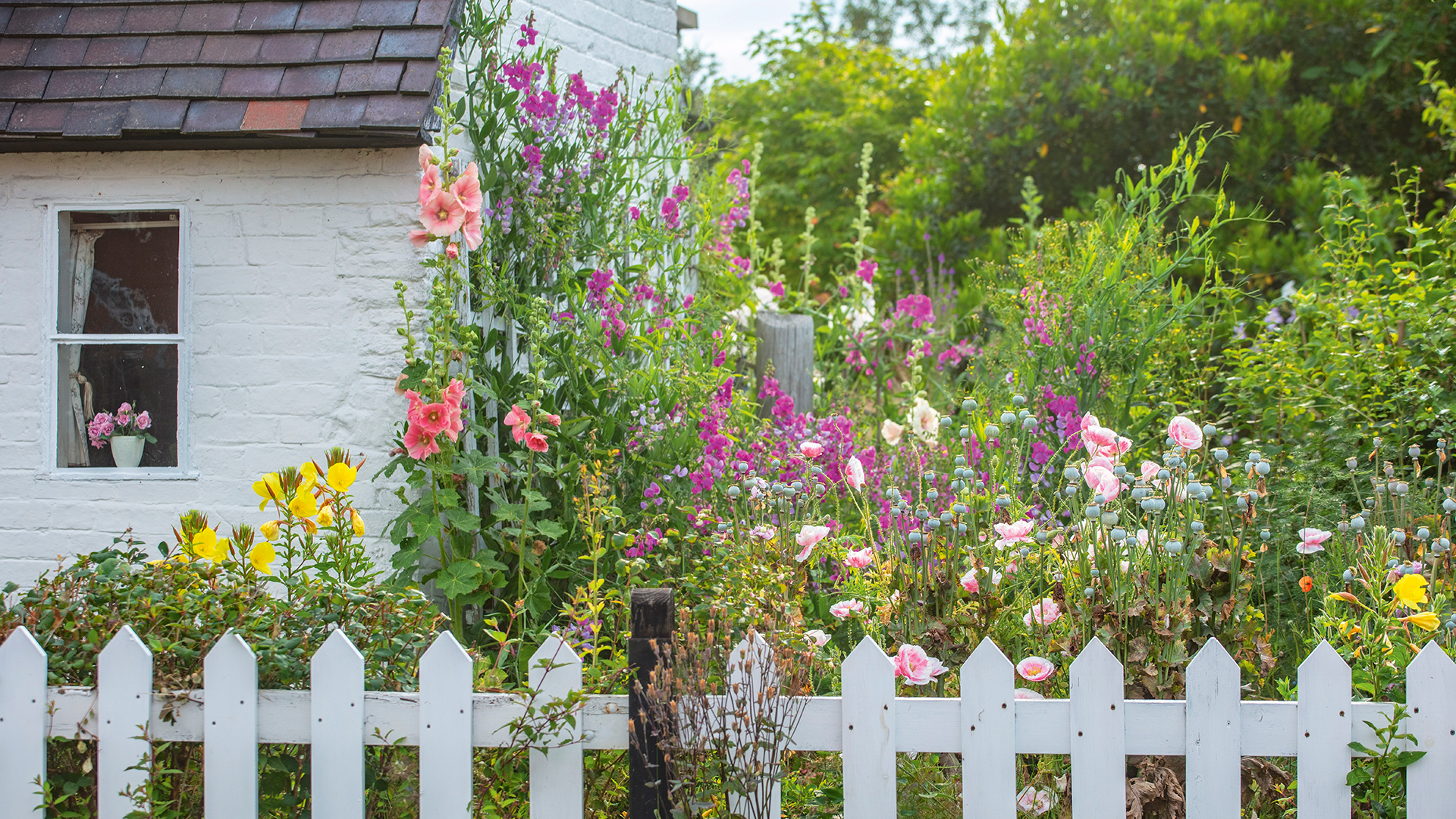

It is perhaps understandable that you may forget about your fence when considering the perfect paint for your scheme. This garden feature is, above all, built for practicality – whether used to mark boundaries or keep animals in (or out) of your land. However, just because your fence has a purpose, it doesn't mean it should be forgotten about when curating colors for your home.
In fact, in many ways, your garden fence ideas are one of the most important features to consider – not least because it is one of the first things people notice when entering – or passing by – your home.
Fence colors to avoid – 5 hues that are better left beyond your garden
While knowing the front door colors to avoid is a great place to begin, it's similarly important to know which tones the experts refrain from when painting their fences. Here's what they suggest.
1. Pink
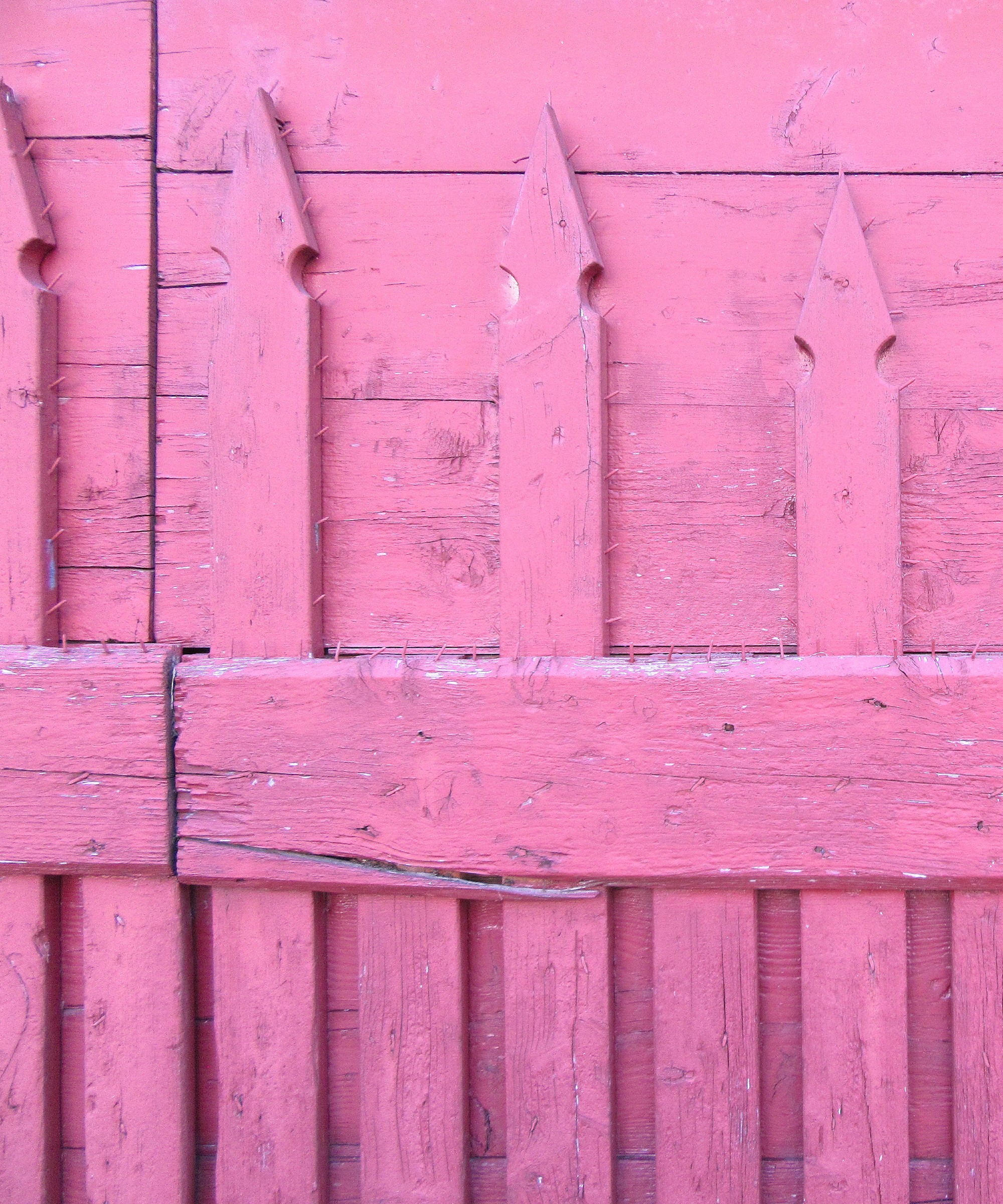
Knowing how to build a fence is one thing, but painting it the right color is another question to consider. Nathan Heinrich, founder of Nathan Heinrich Design suggests that for all its design potential indoors, decorating with pink should be avoided for your outdoor space.
'The problem with a pink fence can be summarized in one word – distracting,' he says. Because pink is so striking, the designer suggests that it steals all attention in your garden – making it hard to focus on subtler flower bed ideas that deserve more admiration. The designer adds how there are almost no shades or tints of pink' that will complement your wider garden, meaning it is the 'number one' hue to avoid when painting.
2. White

White is an enduringly popular choice for fences, mainly because it pairs well with almost any other color you may have in your garden. However, Landscape Design Gardening Supervisor Melody Estes warns that this color is best avoided for practicality issues. 'White tends to show dirt easily, so it will need frequent washing or painting, which means more work for you,' she warns.
3. Purple
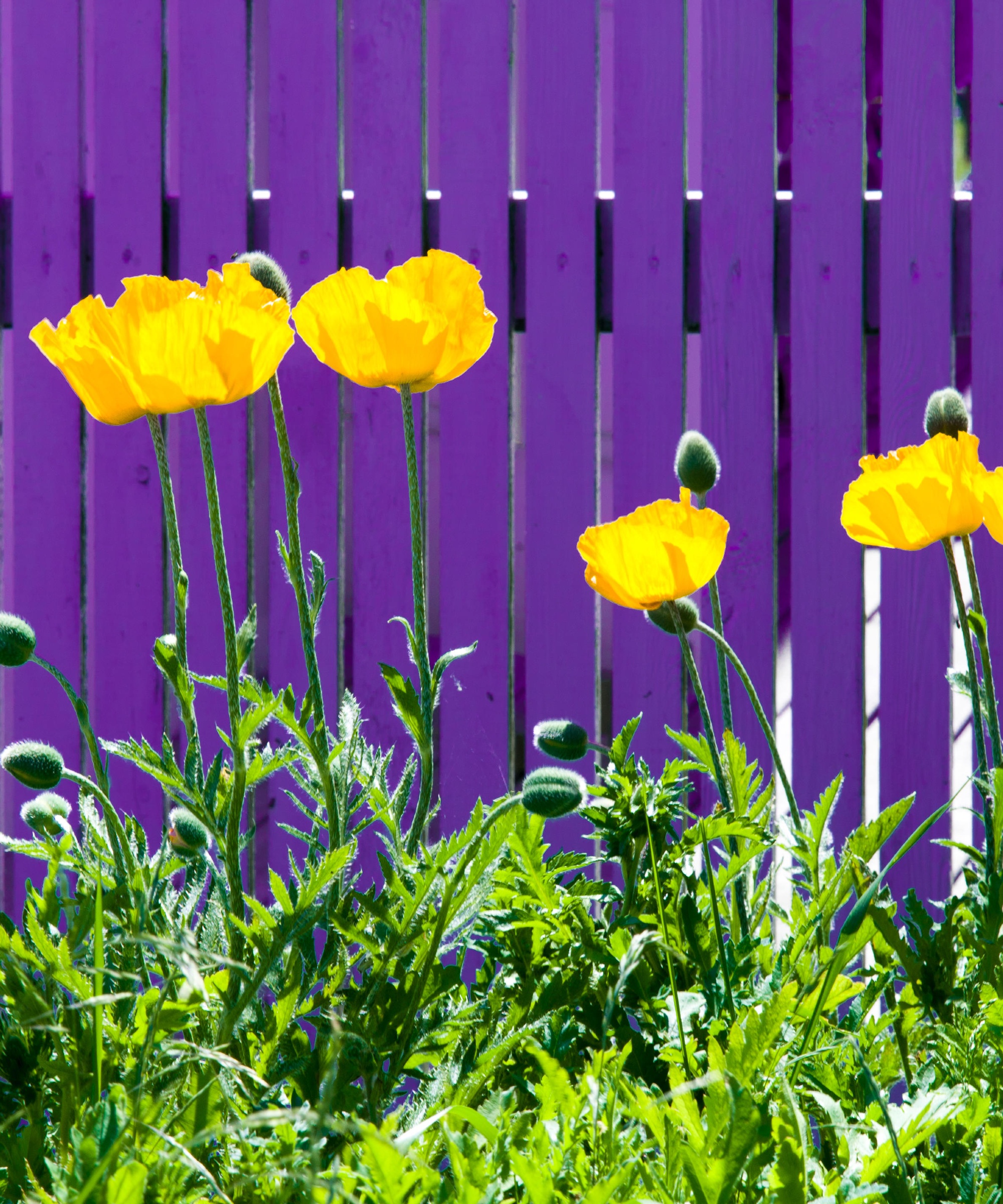
'While slightly less problematic than pink, purple has its own list of reasons not to include it in your range of color options,' Nathan says.
While the designer admits that purple can complement green foliage, it is much better used as an accent in your garden. This way, it will work to accompany your flora – rather than overwhelm your garden – and claim all your attention.
4. Green
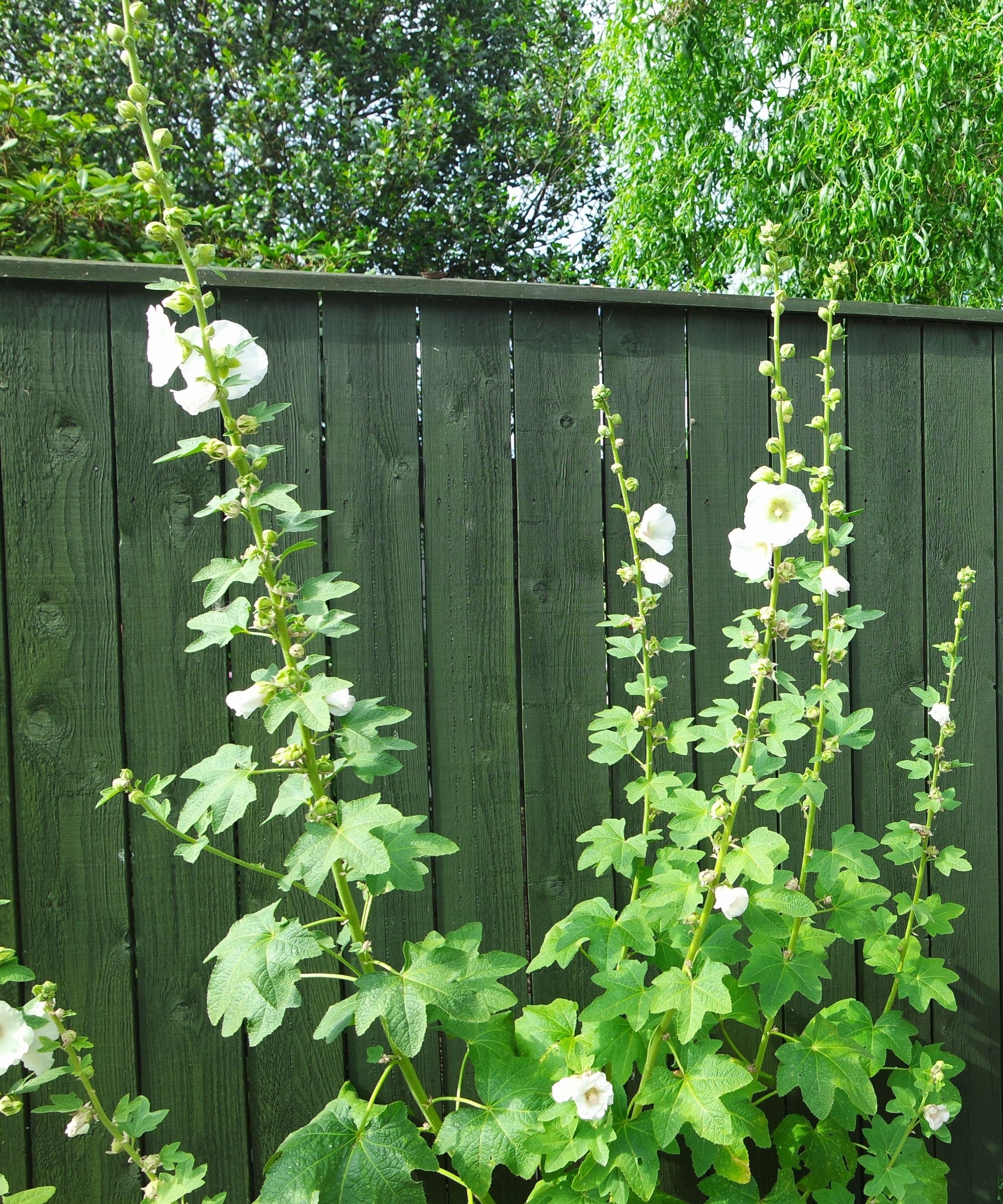
You may have heard that painting a fence green will allow your garden to 'blend into nature.' However, Nathan suggests that this idea is not always effective. Instead, it is better to avoid the shade to prevent a color clash.
'Because there are so many shades and hues of green that occur in nature, you are bound to have many of these natural greens clash with your paint,' he says. 'Rather than complementing your garden, a green fence will confuse it and make it feel muddled.'
5. Gray
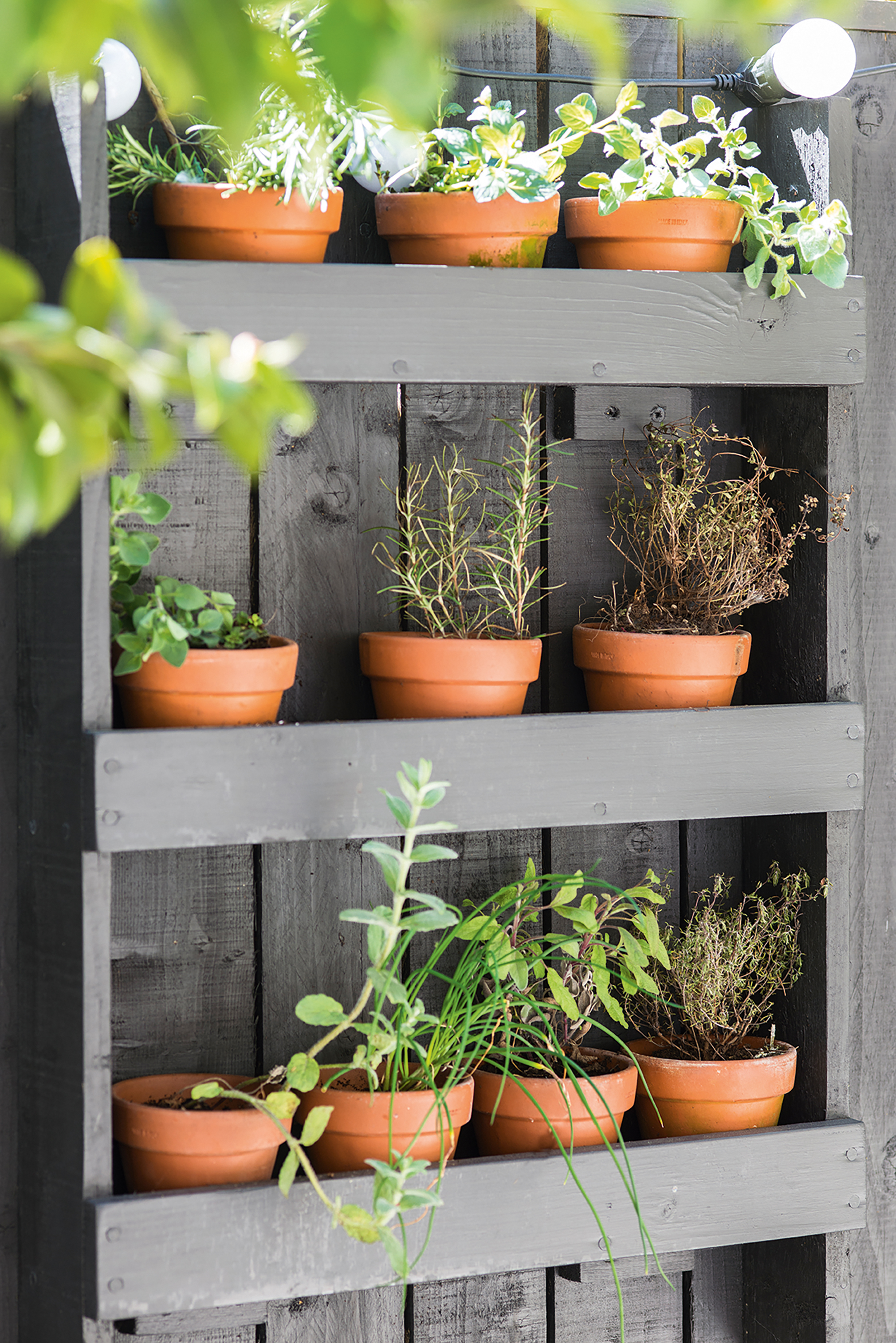
Decorating with gray continues to endure indoors, but outside, Nathan explains that it is less impactful. 'It might surprise you, but grey is not the best choice for a residential fence,' he says. 'This is because rentals and house flippers often choose grey for home exteriors and fences because they've been told it's neutral.'
Therefore, the designer suggests that painting your color gray may appear uninspired and un-personalized – both of which are not desired when creating the best first impression. 'If you can't help yourself and feel compelled to go grey, try a color that's a warmer 'grey-adjacent' option like taupe or dove,' the designer adds.
Sign up to the Homes & Gardens newsletter
Design expertise in your inbox – from inspiring decorating ideas and beautiful celebrity homes to practical gardening advice and shopping round-ups.

Megan is the Head of Celebrity Style News at Homes & Gardens, where she leads the celebrity/ news team. She has a history in interior design, travel, and news journalism, having lived and worked in New York, Paris, and, currently, London. Megan has bylines in Livingetc, The Telegraph, and IRK Magazine, and has interviewed the likes of Drew Barrymore, Ayesha Curry, Michelle Keegan, and Tan France, among others. She lives in a London apartment with her antique typewriter and an eclectic espresso cup collection, and dreams of a Kelly Wearstler-designed home.
-
 5 surprising but brilliant ways to clean with old socks – from perfectly buffing stainless steel to deterring pests naturally and more
5 surprising but brilliant ways to clean with old socks – from perfectly buffing stainless steel to deterring pests naturally and moreTackle dust in tricky corners, clean your mirrors and even banish bad odors with those rogue single socks
By Andy van Terheyden Published
-
 How to grow astilbe – expert advice on cultivating this shade-tolerant flowering perennial
How to grow astilbe – expert advice on cultivating this shade-tolerant flowering perennialShade-tolerant and pest-resistant - astilbe are hardy and tough perennials that can thrive in many settings
By Ellen Wells Published